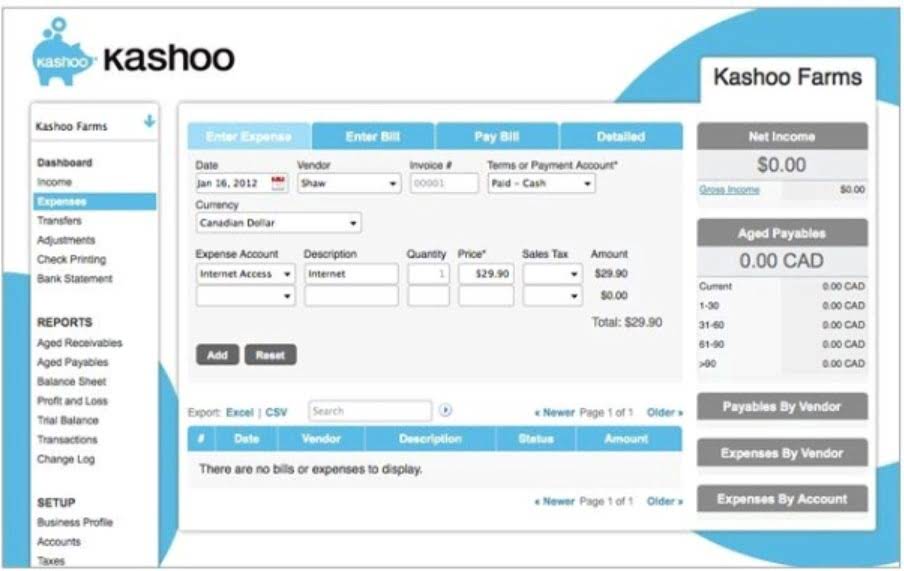
Specifically, it can show the status of specific products in detail and creates an in-depth audit trail of an item’s journey from raw material to finished good. The cloud operating model revolutionised this space because it greatly reduced the upfront investment and made operating costs predictable. With SaaS ERP, there was no need to purchase servers or hire an IT staff because the vendor managed the infrastructure and pushed out upgrades automatically.

How ERP systems work

Instead, the push is https://x.com/BooksTimeInc on to construct a mosaic of more responsive, human-centric, AI-powered applications. Ironically, the dismantling of the monolithic ERP systems that revolutionized business operations and helped spur a global economy might finally enable ERP to deliver on its promise to unify and automate businesses. Industry analysts have long predicted the arrival of this “postmodern,” composable ERP.
- Blockchain packages data in a secure format and can increase transparency among companies in a supply chain.
- Learn all about ERP, its benefits, and whether it’s right for your business.
- Most ERPs also include customer relationship management (CRM) tools to track customer interactions, thereby providing deeper insights about customer behavior and needs.
- For nearly four decades, IBM is one of the most significant Oracle partners.
- It helps manage things like accounting, human resources (HR), procurement, customer relationships (CRM), supply chain, manufacturing, engineering, maintenance, projects, service and more.
- IBM offers Oracle services and consulting to clients that includes a roadmap for each stage of their cloud transformation investment, from consulting to cloud implementation to management.
Implementation Best Practices

Improving and/or reducing the number of resources necessary without sacrificing quality and performance are keys to effectively improving business growth and profitability. Software development may be a significant part of support if the ERP system needs customizing, extending or integrating with other systems. It’s one of the often unexpected costs of ERP, along with lost productivity, talent shortages, and integration and data management hassles, among others. Companies must communicate the benefits and features of the new system in advance, then maintain a training process for current and incoming employees. A comprehensive and effective change management strategy can be the difference between ERP implementation success and failure. Four major brand ERP vendors — Infor, Microsoft, Oracle (including NetSuite) and SAP — have the biggest market shares, with nearly half the worldwide total.

Cloud-based ERP
An important differentiating feature of ERP is the integration between modules that enables the modules and users to interact. For example, a sales order created in the CRM module will be shared with the production module so workers in the manufacturing department will have the information about what product to make. When the product is shipped, data in the inventory management module changes, and when the customer pays, the accounting module records the revenue.

- A cloud solution is usually cheaper and faster to implement, and post-implementation expenses may be lower because the vendor takes care of all maintenance and upgrades.
- On-premises ERP typically creates data silos; requires expensive, ongoing maintenance fees; and involves creating customizations.
- This list is not meant to list every single type of ERP, though the list is pretty comprehensive.
- Think of it as a middle ground between on-premises and true cloud software.
- Companies concerned about maintenance should thoroughly vet a potential supplier to ensure it offers a true vendor-managed SaaS system.
Granular access control https://www.bookstime.com/articles/bookkeeping-and-payroll-services and defined approval workflows can strengthen financial controls and reduce fraud. Additionally, more-accurate data heads off mistakes that could lead to lost sales or fines. And finally, the ability to see the status of the entire operation enables employees to quickly handle risks posed by business disruptions.
Database integration – ERP systems connect to plant floor data sources through staging tables in a database. Plant floor systems deposit the necessary information into the database. The benefit of staging is that ERP vendors do not need to master the complexities of equipment integration. Enterprise resource planning, or ERP, is an interconnected system that aggregates and distributes information across a company. The goal of an ERP system is to communicate relevant information from one area of a business to another.
- A unified ERP system not only prevents problems but can also encourage adoption by flattening the learning curve.
- By the mid-1990s, as the web grew in popularity, client-server ERP was being retrofitted with web browser-like UIs.
- Cloud ERP has since taken off and fuelled much of the innovation we’ve seen over the past two decades.
- The time and financial investment involved depends on several factors, including deployment model, system complexity, implementation strategy, company sizes and the resources dedicated to the project.
- When ERP software is delivered as a service in the cloud, it runs on a network of remote servers instead of inside a company’s server room.
- An ERP has become table stakes for any company that wants the visibility and insights to compete and win.
ERP vs. CRM
Now that the team has a requirements document, it’s time to evaluate leading offerings and select the platform that can best resolve existing problems, meet all departments’ needs and promote the company’s growth. With a hosted cloud solution, a company purchases a licence but runs it on remote servers managed by a third party. The servers and other hardware is often rented from the hosting company.
- These developments point to a future ERP that will bear little resemblance to the clunky, character-based mainframe systems of the early days or the complex, massive ERP systems that took years to implement.
- Together with strategic partners and service providers, IBM Consulting helps businesses migrate legacy ERP applications to the cloud and redesign processes to use data, AI and automation, all to help clients meet their business goals.
- The three most common types of ERP are on-premises, cloud-based, and hybrid ERP.
- Cloud-based technology was born in the last decade and developed, as a core principle, with an entirely different mindset and understanding of not only what was possible but what was needed to be successful for ERP platforms.
- This can range from things like sales leads, marketing campaigns, customer service inquiries, and contact management.
- Staff waste time hunting for documents and potentially duplicating work because there is no one place to look for up-to-date information on all aspects of the business relevant to them.
They also have the largest installed base of old on-premises systems, which the industry refers to as legacy ERP. The arrival of cloud ERP in the late 1990s was the next fundamental shift in how ERP was delivered and consumed. Cloud computing’s internet connectivity made it easier for companies to connect their ERP systems to customers, suppliers and partners. Some companies are reluctant to put such mission-critical systems in the cloud for a variety of reasons, including perceived security risks or loss of data control. Others in highly regulated industries or government might be restricted by where systems and data must be located, which often means keeping the system on premises. ERP products generally vary by the size of the company they’re intended for, the type of computing infrastructure they run on and whether they have features specific to a particular industry.
These additional modules, which companies often buy when they outgrow the typically more basic modules included in their ERP system, are often called “best of breed.” Successfully migrate legacy ERP applications to the cloud and redesign processes to leverage data with IBM Consulting. Cadbury, a global definition erp confectioner and maker of the popular chocolate Cadbury egg, also successfully implemented an ERP system.
Leave a Reply